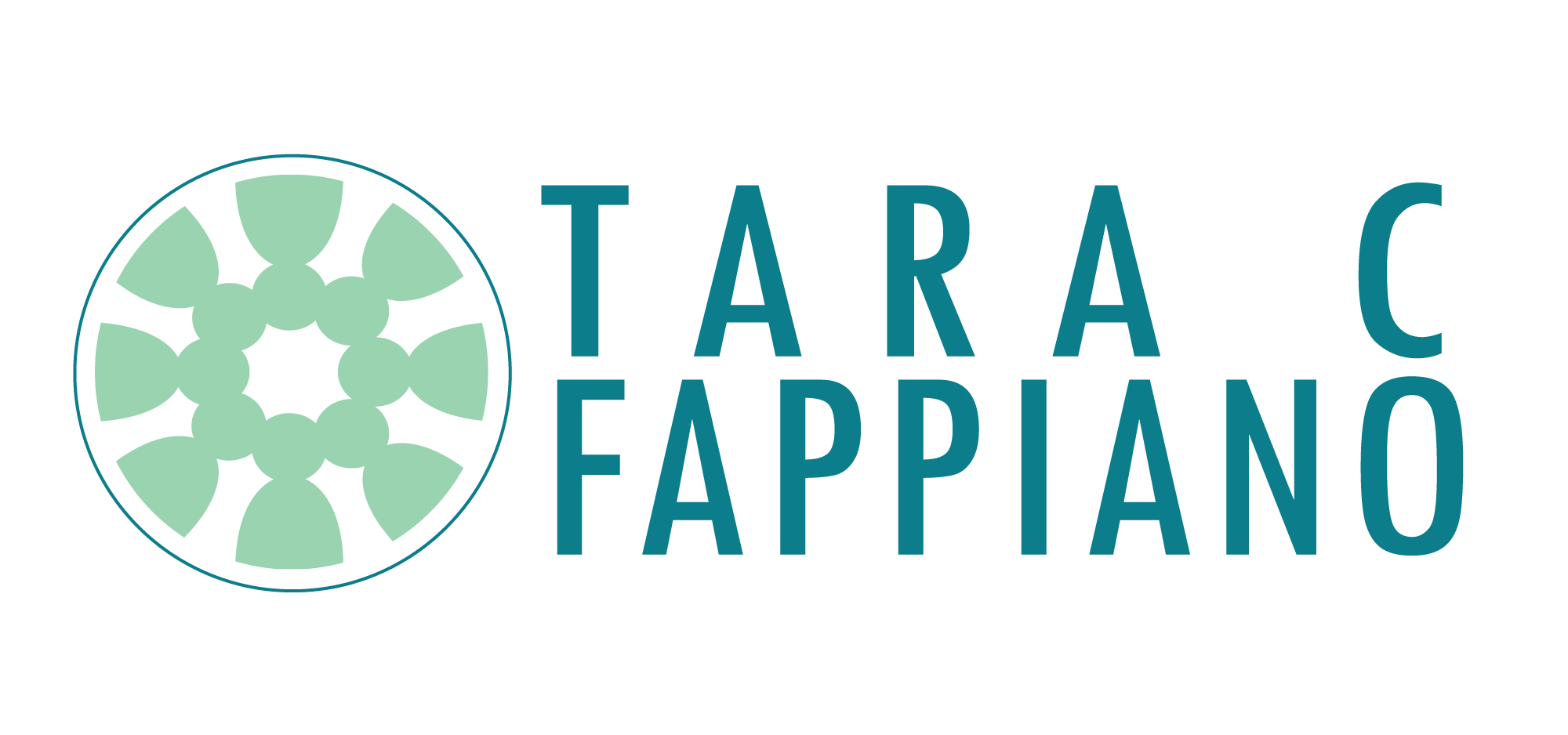Applauding Teen Vogue for publishing articles like this one about invisible disabilities, and bringing these topics into the mainstream for better understanding, especially for the age of its audience. It is great to see.
Some disabilities are more immediately apparent than others, particularly if the person uses an aid such as a wheelchair. Others, however, aren’t as obvious. The Invisible Disabilities Association defines invisible disability as “a physical, mental, or neurological condition that limits a person’s movements, sense, or activities that is invisible to the onlooker.” As a result, not only do people with invisible or less visible disabilities have to make day-to-day adjustments to exist in the world around them, but they must also navigate misconceptions about their condition —including the idea that they aren’t disabled “enough.”
Of course, there is no such thing as being disabled enough, and no disability is more or less important than another. But because society so heavily judges disabled people, Teen Vogue spoke to seven people about their less-visible disabilities and the common misconceptions they face.
Teen Vogue: 7 People With Less Visible Disabilities Talk Misconceptions and Stigma

